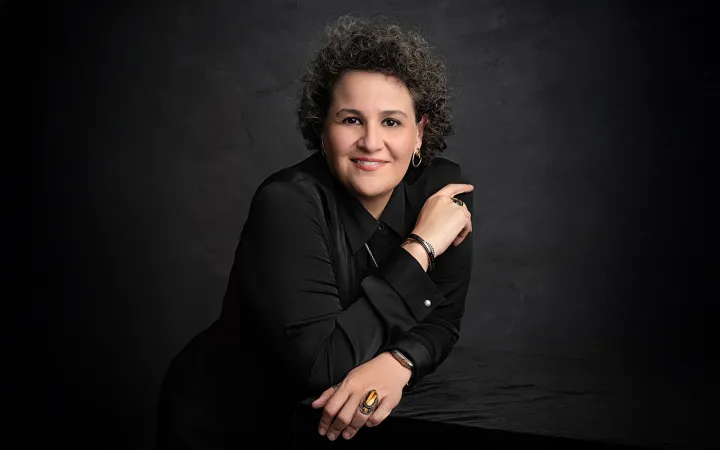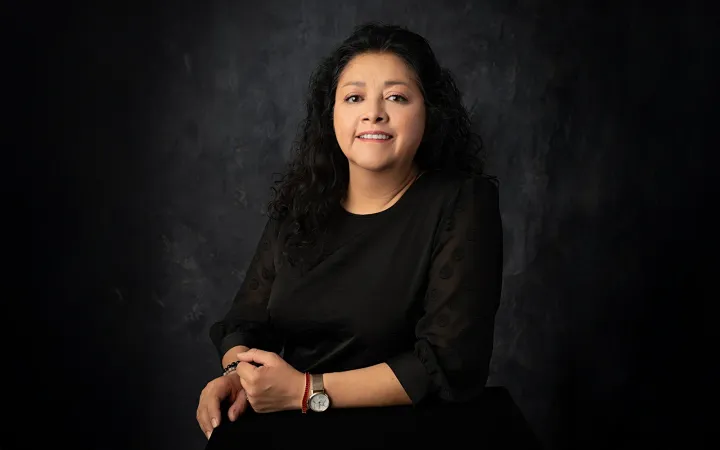Por Sofía Guadarrama Collado
En agosto de 1966 se fundó la Organización Continental de Estudiantes Latinoamericanos en la Habana, con el objetivo de “promover la solidaridad de los estudiantes del continente en la lucha contra el imperialismo, así como para consolidar los lazos de unión con los campesinos y obreros”.
En 1966 el rector de la UNAM, Ignacio Chávez se vio obligado a renunciar debido a las manifestaciones en contra de las reformas universitarias en las que se elimina el pase automático y se implementa el examen de selección a todos los aspirantes sin importar si eran egresados o no del bachillerato de la universidad.
Poco después se dio a conocer la creación del Consejo Estudiantil Universitario... Y su cercanía al Partido Comunista Mexicano.
Tras la renuncia de Ignacio Chávez, quedó como rector de la UNAM, Javier Barros Sierra, quien en el sexenio de Adolfo López Mateos había sido Secretario de Obras Públicas y había tenido varios desencuentros con el entonces Secretario de Gobernación, Gustavo Díaz Ordaz.
De acuerdo con la historia oficial Barros Sierra solucionó todas las demandas de los estudiantes que habían provocado la renuncia de Chávez. Es decir que ya no había razón para manifestarse en las calles.
Si algo ha demostrado la historia universal es que las grandes tragedias no se dan solas y mucho menos por casualidad. Siempre hay alguien moviendo los hilos. Y los estudiantes fueron tan sólo sus marionetas.
El 22 de julio de 1968, los alumnos de la vocacional 2 del Instituto Politécnico Nacional y la Preparatoria 1 de la UNAM comenzaron un pleito callejero tras un partido de fútbol. Las autoridades del IPN solicitaron el apoyo de la policía, lo cual concluyó en un severo acto de represión hacia los jóvenes.
La tensión fue aumentando con el paso de los días. A petición del regente del Distrito Federal, Alfonso Corona del Rosal, el 29 de julio llegaron a la capital tanques ligeros, jeeps con bazucas y morteros.
El Ejército se apostó frente a la Preparatoria 1 (actualmente el Museo de San Ildefonso), al mando del general José Hernández Toledo y dispararon un bazucazo contra la puerta. Granaderos y militares aprehendieron a los estudiantes.
José Barros Sierra y Agustín Yáñez, titular de Educación Pública acordaron el cierre temporal de las preparatorias y vocacionales.
Si bien es cierto que en 1968 la agitación estudiantil se había convertido en un fenómeno desde Alemania occidental, Europa, Estados Unidos hasta América Latina, no era suficiente para que llegara al nivel de las manifestaciones en México.
Cualquier tipo de manifestación requiere reclutamiento de participantes, organización y algún método de financiamiento.
Si se hace una comparación imparcial con el presente se pueden encontrar numerosas similitudes con las manifestaciones que reclamaban el regreso de los 43 estudiantes de Ayotzinapa en el sexenio de EPN. Por muy descabellado que parezca, y aunque cueste admitirlo, dichas movilizaciones fueron financiadas y apoyadas por la izquierda. Junto a ellos marcharon los sindicatos de la CNTE, el SNTE, la extinta Luz y Fuerza y muchos más.
Cabe recordar que los padres de los 43 viajaron a Estados Unidos y Europa para manifestarse ante organismos internacionales. Es razonable y objetivo cuestionarnos de dónde conseguían dinero tan sólo para vivir si pasaron la mayor parte del tiempo manifestándose. Más aún, ¿por qué en cuanto AMLO ganó las elecciones desaparecieron las manifestaciones de los 43? Ahora sólo quedan las familias y unos cuantos manifestantes.
Es fácil imaginar a veinte alumnos indignados que con sólo el poder de convencimiento lograron atraer cien mil personas (por dar una cifra). Pero la realidad es otra. Se necesita promover “el movimiento”, convencer a la gente que abandone sus actividades cotidianas para marchar en las calles con pancartas.
En los últimos días de diciembre del 2018 y el 2 de enero del 2019, cien personas se manifestaron afuera de Palacio Nacional por despidos injustificados en el SAT. ¡Cien! Tan sólo cien personas, de más 2500 despedidos. ¿Dónde estaban los otros 2400? ¿Falta de interés? ¿Falta de convocatoria? ¿Falta de financiamiento o de apoyo de algún partido político?
Lo mismo podemos preguntarnos sobre las víctimas del terremoto de 2017 en el Colegio Rebsamen en Tlalpan. ¿Por qué no prosperaron las manifestaciones de los padres que exigían justicia? ¿Falta de convocatoria? ¿Falta de financiamiento o de apoyo de algún partido político? ¿Sería porque hacer ruido no iba a afectar a Enrique Peña Nieto sino a la delegada de Tlalpan, futura candidata a la jefatura de gobierno de la Ciudad de México, y ahora presidenta electa Claudia Sheinbaum?
Pero... Si la manifestación beneficia, en este caso a los intereses de MORENA o a los de AMLO, la historia es muy distinta.
Hoy en día, las redes sociales son una gran herramienta de comunicación. Pero en septiembre de 1968 la única forma de llegar a la gente era por medio de desplegados en periódicos, volantes, mantas, anuncios en paredes y voluntarios. Muchísimos voluntarios. Cientos. Y todo eso costaba miles de pesos. (Hoy en día, un desplegado en El Universal cuesta arriba de 200 mil pesos) Alguien tenía que financiar todo eso.
¿Quién estaría interesado en financiar y en promover el movimiento del 68? La historia nos dejó varias pistas.
Javier Barros Sierra había sido Secretario de Obras Públicas en el sexenio de Adolfo López Mateos y adversario de Gustavo Díaz Ordaz en la precandidatura presidencial. Cuando renunció Ignacio Chávez en 1966 a la rectoría de la UNAM, Díaz Ordaz aceptó la designación de Barros Sierra para limar las asperezas que habían quedado en el 63, cuando López Mateos designó a Díaz Ordaz y no a Barros Sierra.
La rectoría de la UNAM nunca ha sido cien por ciento autónoma. Por muchos años fue una extensión del PRI. Un claro ejemplo es la cercanía entre el exrector José Narro y Enrique Peña, quien le otorgó la Secretaría de Salud al doctor Narro, en cuanto terminó su gestión al frente de la UNAM. Las universidades estatales tienen el mismo poder de convocatoria que los sindicatos y lo han demostrado muchas veces. Pueden movilizar a toda una ciudad o al país entero. No es casualidad que los porros sigan existiendo después de tantos años. Tampoco es normal que el Auditorio Justo Sierra, dentro de CU, siga secuestrado desde 1999 por “grupos activistas”. ¿Por qué no los sacan?
Después del bazucazo en la preparatoria 1, el rector tenía dos opciones: calmar a los estudiantes o apoyarlos, lo cual implicaba declararle la guerra a la Presidencia de la República. Y lo hizo. Alimentó el conflicto con un objetivo: quitar a Luis Echeverría de la candidatura presidencial y lanzar al precandidato de los universitarios: Emilio Martínez Manautou, secretario de la Presidencia. Luis Echeverría no se iba a quedar con los brazos cruzados.
Continuará…

Las opiniones expresadas son responsabilidad de sus autoras y son absolutamente independientes a la postura y línea editorial de Opinión 51.






Comments ()